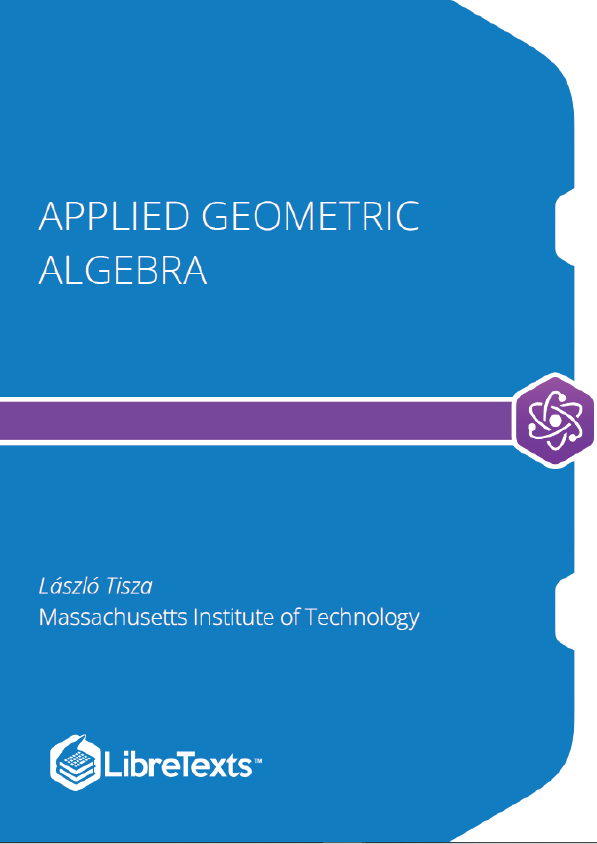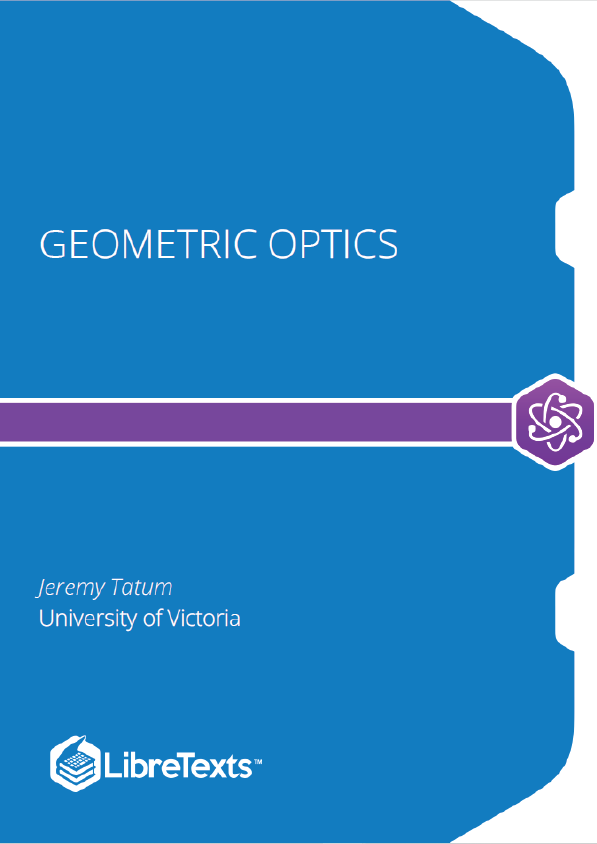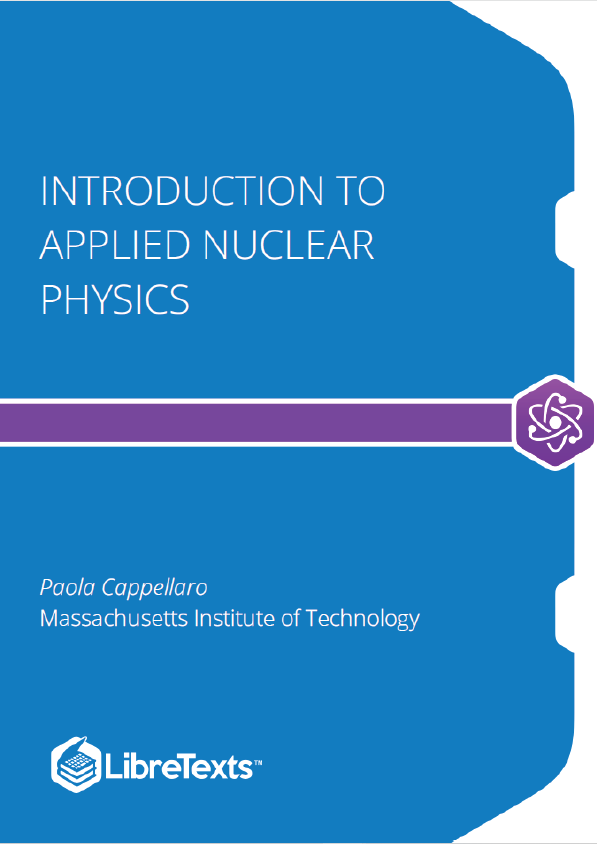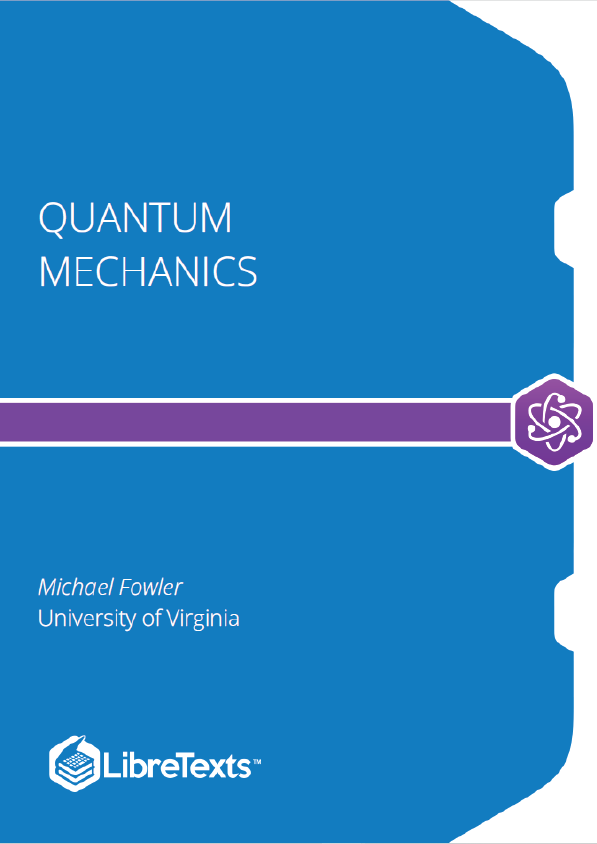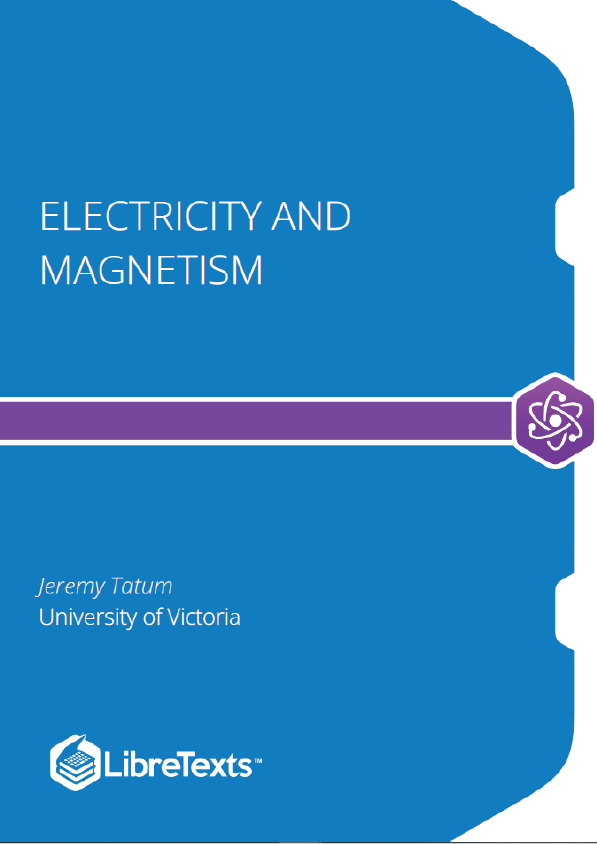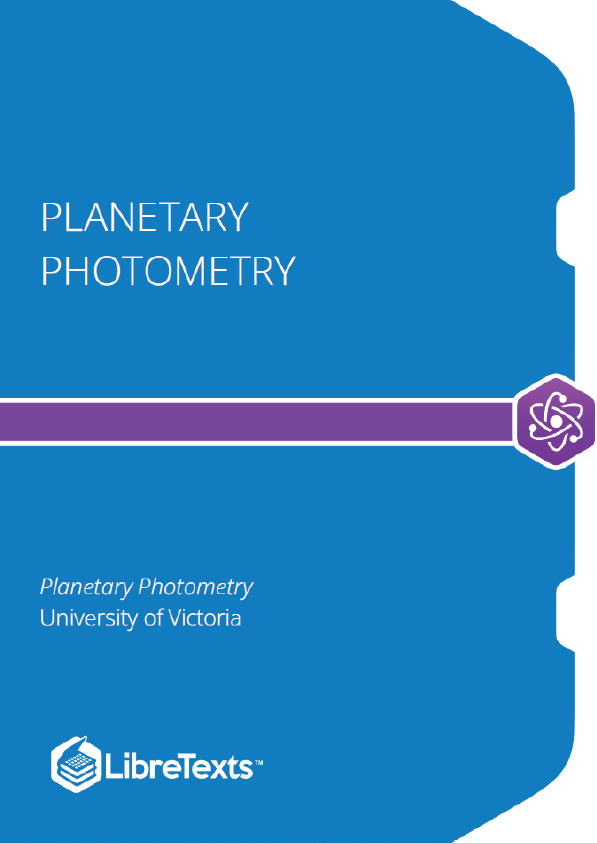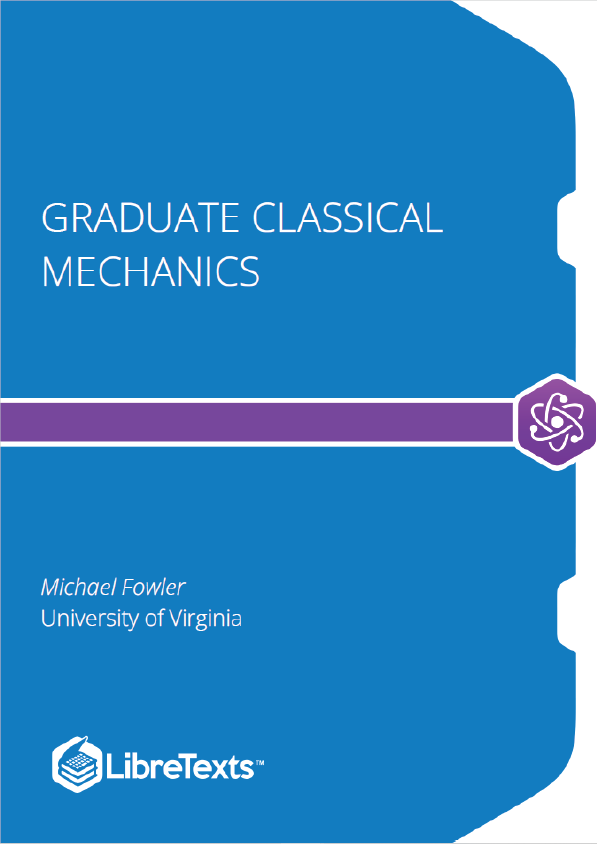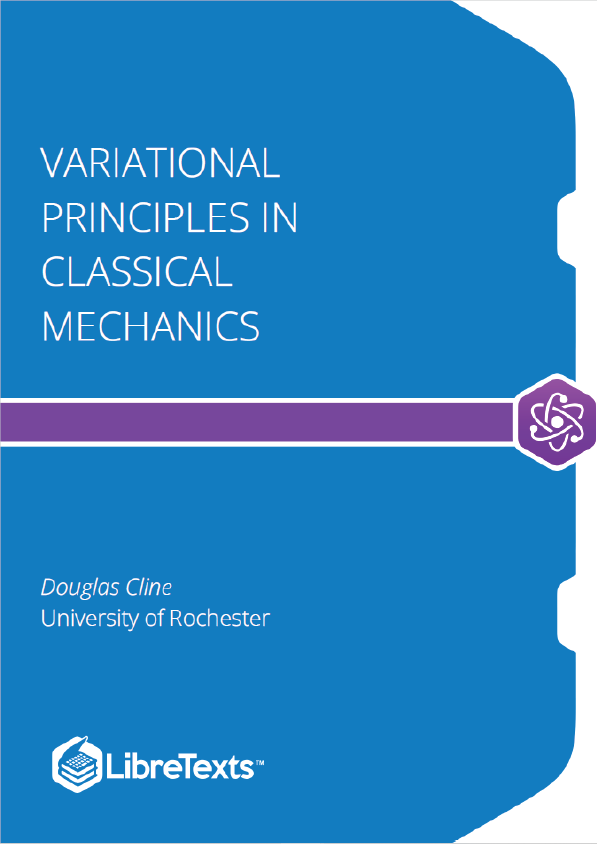Over the last 100 years, the mathematical tools employed by physicists have expanded considerably, from differential calculus, vector algebra and geometry, to advanced linear algebra, tensors, Hilbert space, spinors, Group theory and many others. These sophisticated tools provide powerful machinery for describing the physical world, however, their physical interpretation is often not intuitive. These course notes represent Prof. Tisza’s attempt at bringing conceptual clarity and unity to the application and interpretation of these advanced mathematical tools. In particular, there is an emphasis on the unifying role that Group theory plays in classical, relativistic, and quantum physics. Prof. Tisza revisits many elementary problems with an advanced treatment in order to help develop the geometrical intuition for the algebraic machinery that may carry over to more advanced problems.
Mathematical physics operates with a combination of the three major branches of mathematics: geometry, algebra and infinitesimal analysis. The interplay of these elements has undergone a considerable change since the turn of the century.
In classical physics, analysis, in particular differential equations, plays a central role. This formalism is supplemented most harmoniously by Gibbsian vector algebra and calculus to account for the. spatial, geometric properties of particles and fields.
Few theorists have labored as patiently as Gibbs to establish the simplest possible formalism to meet a particular need. His success can be assessed by the fact that — almost a century later — his calculus, in the original notation, is in universal use. However, once full advantage has been taken of all simplifications permitted in the classical theory, there did not remain the reserve capacity to deal with quantum mechanics and relativity. The gap in the classical algebraic framework was supplemented by Minkowski tensors and Hilbert vectors, matrix algebras, spinors, Lie groups and a host of other constructs.
Unfortunately, the advantages derived from the increased power and sophistication of the new algebraic equipment are marred by side effects. There is a proliferation of overlapping techniques with too little standardization.
Also, while the algebras maintain a vaguely geometrical character, the “spaces” referred to are mathematical abstractions with but scant appeal to ordinary spatial intuition.
These features are natural consequences of rapid growth which can be remedied by consolidation and streamlining; the problem is to adapt the Gibbsian principle of economy to more demanding conditions.
This course is a progress report on such a project. Our emphasis on formalism does not mean neglect of conceptual problems. In fact, the most rewarding aspect of our consolidation is the resulting conceptual clarity.
